For millennia people have been enthralled with the 7 Wonders of the World. These amazing sites which span several continents are a testament to humanity architectural and cultural achievements. From historical wonders to contemporary engineering achievements they exhibit remarkable imagination ingenuity and commitment.
The 7 wonders of the world will be discussed in this article along with its significance history and unique qualities. Along with answering frequently asked questions we will also give a thorough table for convenient comparison and a strong conclusion outlining their significance. We will include visual representation prompts to make it more interesting.
Which seven wonders of the world are there ?
The name “7 Wonders of the World” refers to a carefully selected collection of artificial structures that demonstrate humanity’s architectural genius. There are two primary groups into which these wonders fall
All except one of the Seven Wonders of the Ancient World are no longer in existence.
The New 7 Wonders Foundation ran a global survey in 2007 to choose the New Seven Wonders of the World.
Since the New Seven Wonders of the World continue to excite tourists historians and architects around the world we will concentrate on them in this piece.
The New 7 Wonders of the World
1. The Great Wall of China (China)
- Location: China
- Built: 7th century BC (and expanded during the Ming Dynasty, 14th–17th centuries)
- Length: Over 13,000 miles
- Purpose: Defensive fortifications
- Key Highlights:
- One of the world’s most iconic artificial buildings.
- Visible from space (a myth but still a popular belief).
- A testament to China’s ancient engineering capabilities.
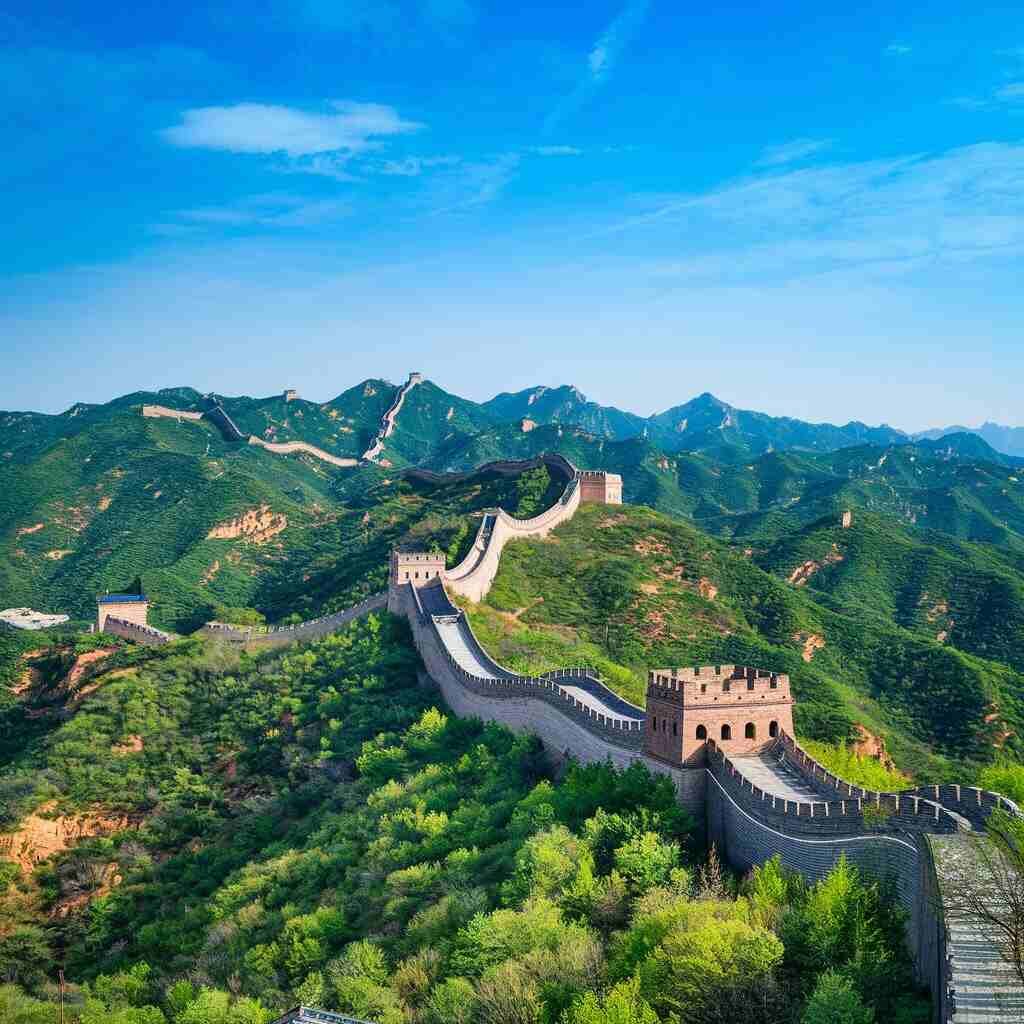
Why Visit?
The Great Wall offers breathtaking views of mountainous terrains, historical significance, and a sense of the incredible effort behind its construction.
2. Petra (Jordan)
- Location: Southern Jordan
- Built: Around 312 BC
- Nickname: The “Rose City”
- Key Highlights:
- Renowned for its rock-cut architecture.
- Includes the famous “Treasury” and the Monastery.
- Was a thriving trading hub for the Nabataeans.
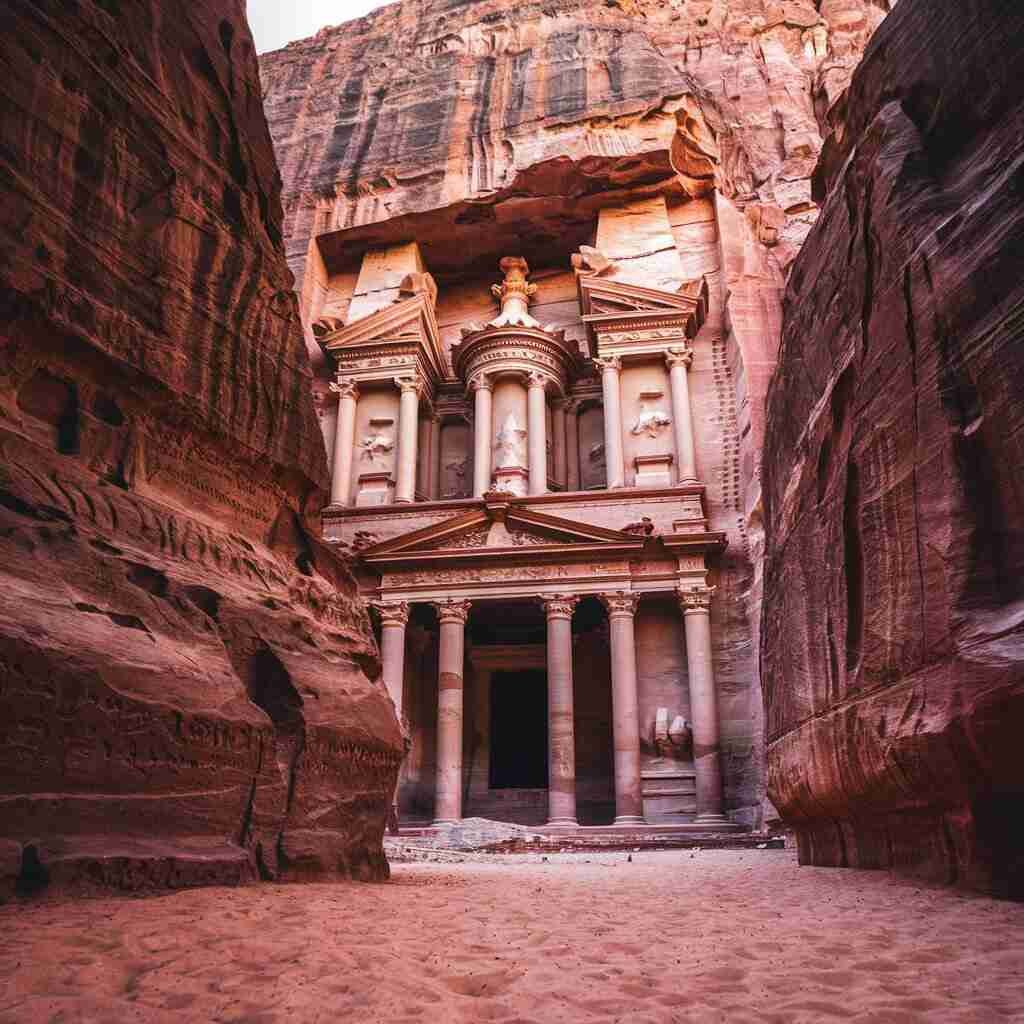
Why Visit?
Petra is an archaeological treasure that combines natural beauty with cultural heritage, making it one of the most extraordinary ancient cities.
3. Christ the Redeemer (Brazil)
- Location: Rio de Janeiro, Brazil
- Built: Completed in 1931
- Height: 98 feet (excluding the pedestal)
- Material: Soapstone and reinforced concrete
- Key Highlights:
- Represents peace and unity.
- Offers panoramic views of Rio de Janeiro.
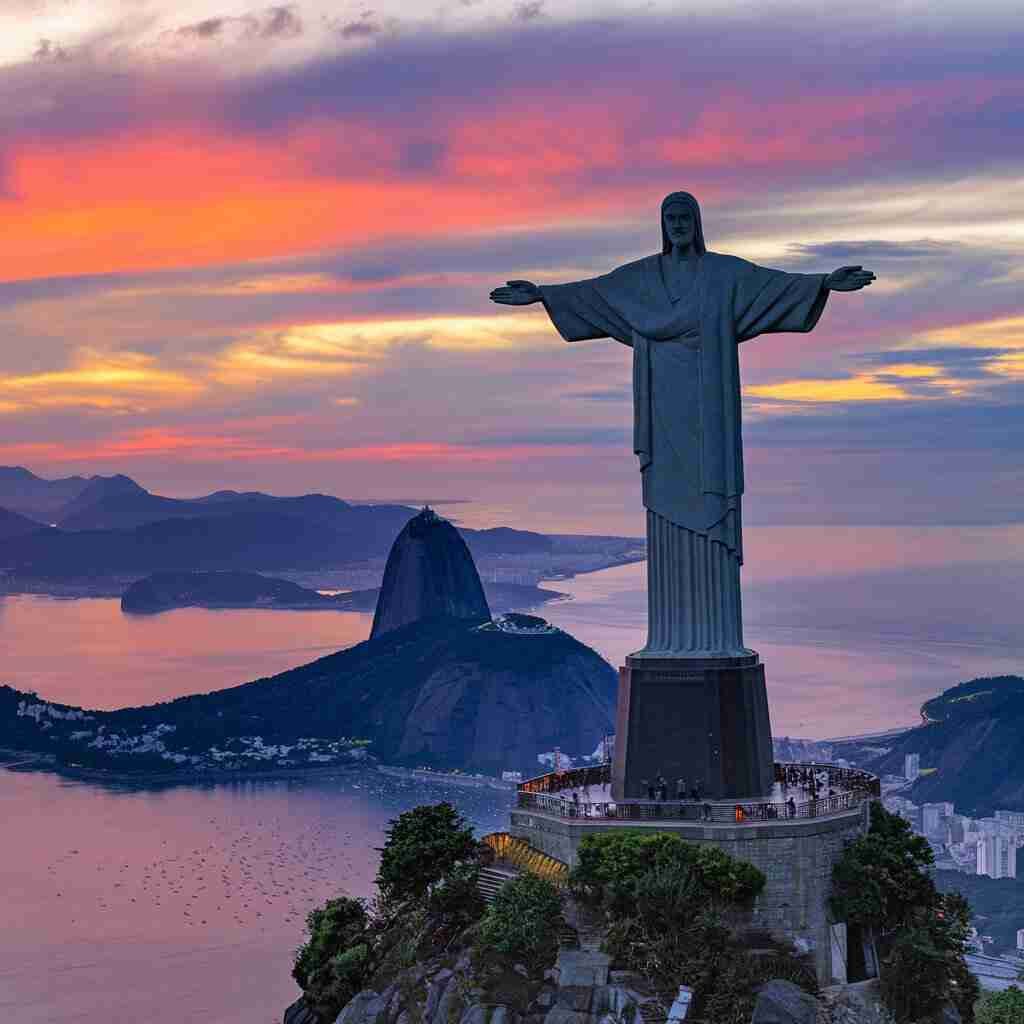
Why Visit?
As a global symbol of Christianity, Christ the Redeemer is a must-see for its serene presence and incredible views.
4. Machu Picchu (Peru)
- Location: Andes Mountains, Peru
- Built: 15th century by the Incas
- Key Highlights:
- A UNESCO World Heritage Site.
- Features advanced Incan stonework and terraces.
- Surrounded by lush, misty mountains.
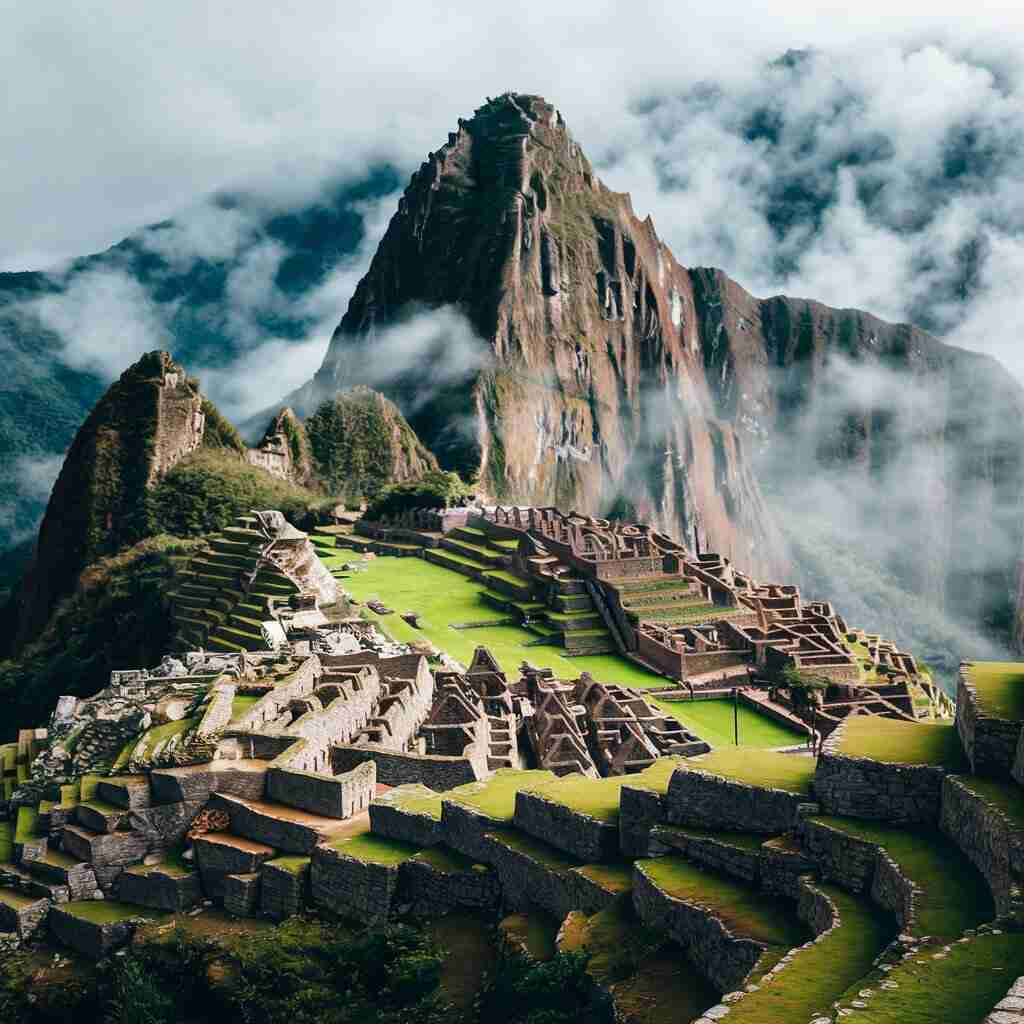
Why Visit?
Machu Picchu mixes natural and artificial beauty, making it one of the most spiritual and awe-inspiring places on Earth.
5. Chichen Itza (Mexico)
- Location: Yucatán Peninsula, Mexico
- Built: Around 600 AD
- Key Highlights:
- Features the iconic El Castillo (Temple of Kukulcán).
- An important center of Mayan culture and astronomy.
- Known for the unique shadow illusion during equinoxes.
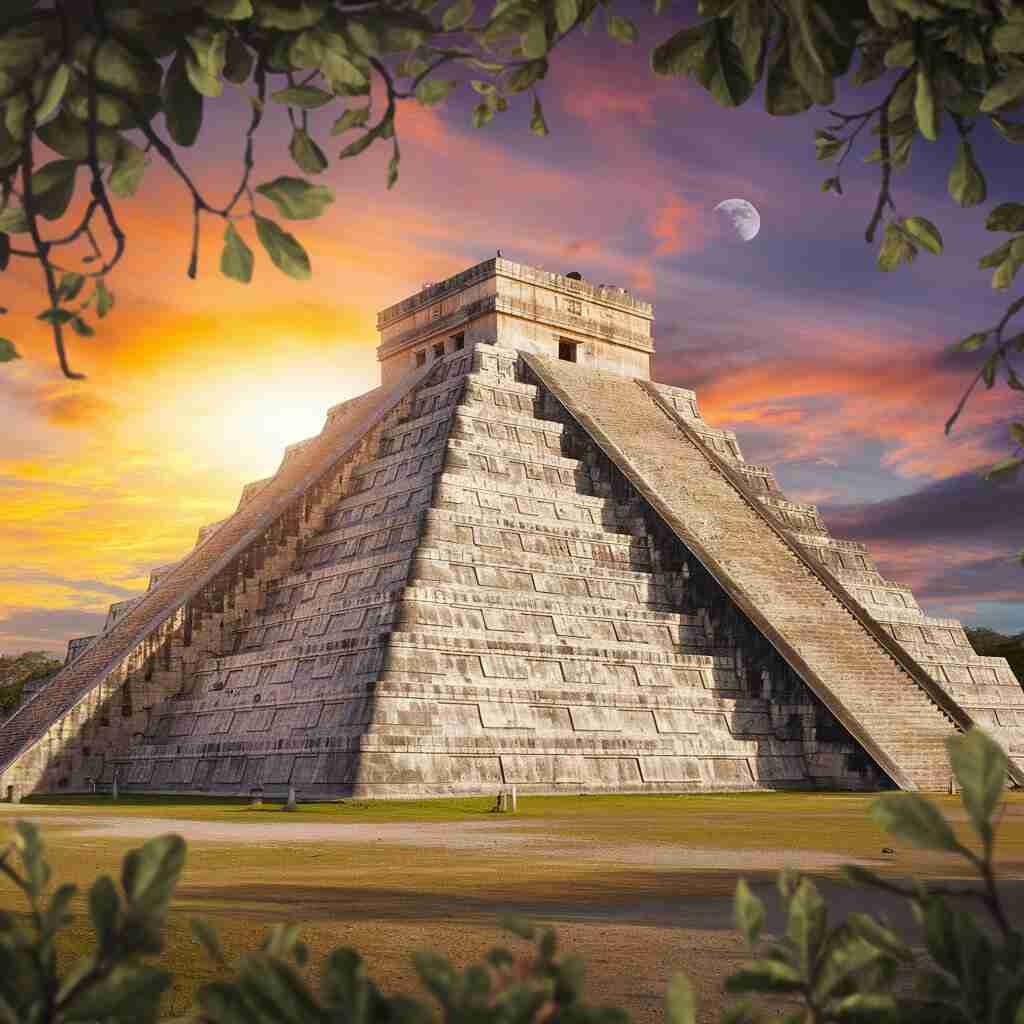
Why Visit?
Chichen Itza (Chichén Itzá) offers a glimpse into the Mayan civilization’s incredible advancements in architecture and science.
6. The Roman Colosseum (Italy)
- Location: Rome, Italy
- Built: 70–80 AD
- Purpose: Entertainment arena
- Key Highlights:
- Hosted gladiatorial contests and public spectacles.
- Still stands as a symbol of Roman engineering brilliance.
- An enduring cultural icon.
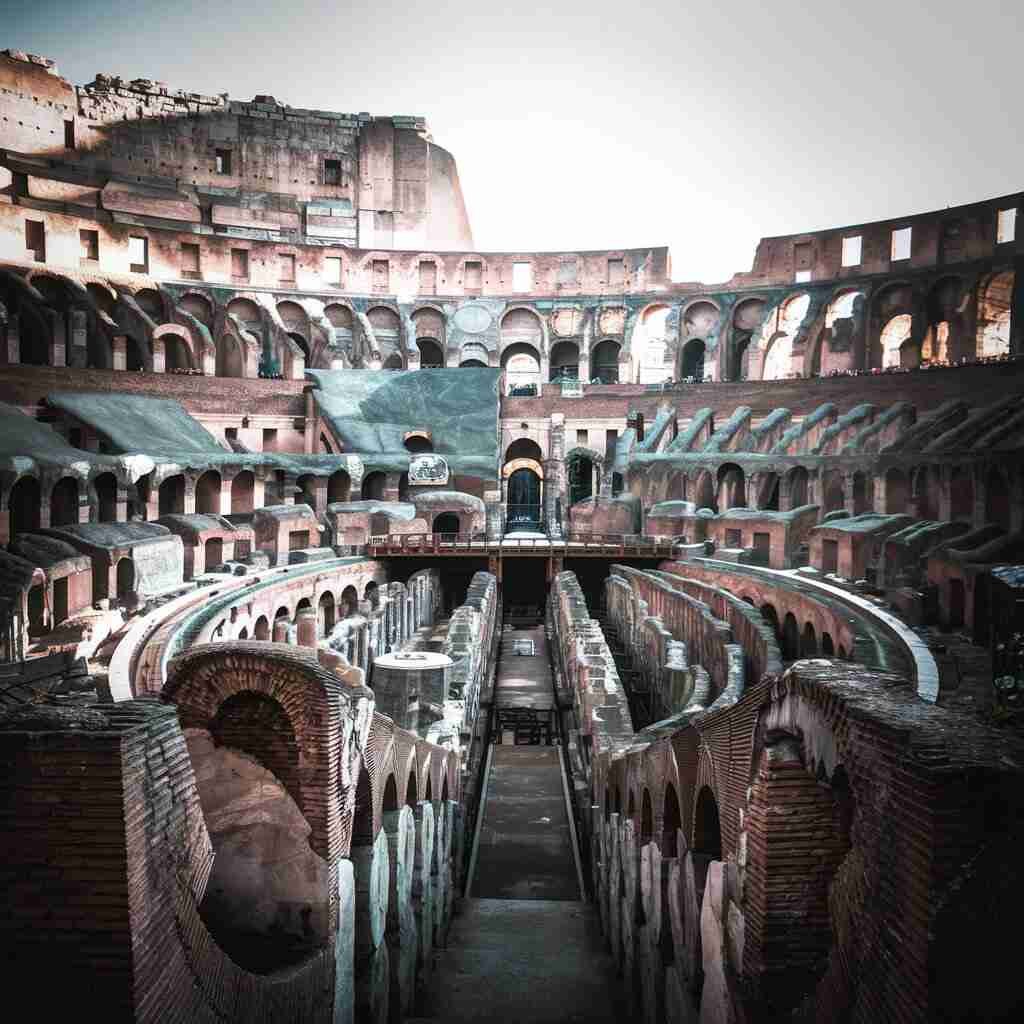
Why Visit?
Walking through the Colosseum transports you to ancient Rome, offering a firsthand experience of its grandeur.
7. The Taj Mahal (India)
- Location: Agra, India
- Built: 1632–1653
- Purpose: A mausoleum for Mumtaz Mahal, the wife of Emperor Shah Jahan
- Material: White marble
- Key Highlights:
- An enduring symbol of love.
- Features exquisite Mughal architecture.
- A UNESCO World Heritage Site.
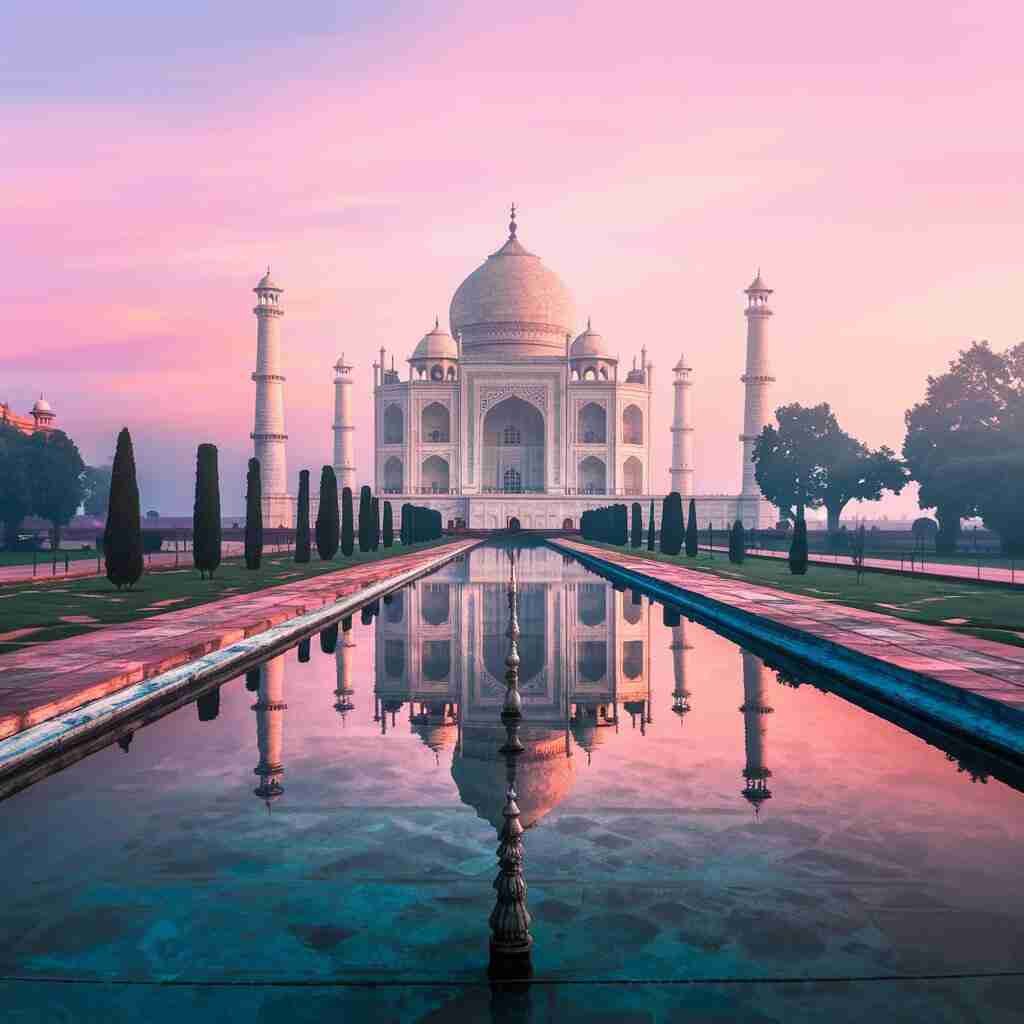
Why Visit?
The Taj Mahal is a mesmerizing blend of beauty and emotion, making it a bucket-list destination for travelers worldwide.
Comparison Table: The 7 Wonders of the World
| Wonder | Location | Built | Key Feature | Significance |
|---|---|---|---|---|
| Great Wall of China | China | 7th century BC | Longest wall in the world | Defense against invasions |
| Petra | Jordan | 312 BC | Rock-cut architecture | Ancient trade hub |
| Christ the Redeemer | Brazil | 1931 | Massive statue on a mountain | Symbol of peace and unity |
| Machu Picchu | Peru | 15th century | Incan citadel in the Andes | Spiritual and architectural marvel |
| Chichen Itza | Mexico | 600 AD | Mayan pyramid | Advanced astronomy and architecture |
| Roman Colosseum | Italy | 70–80 AD | Ancient amphitheater | Symbol of Roman engineering |
| Taj Mahal | India | 1632–1653 | White marble mausoleum | Symbol of eternal love |
Mostly asked Questions (FAQs)
2. How long does it take to walk the entire the Great Wall?
Walking the entire length would take several months, depending on conditions and your pace. Some sections are also inaccessible due to damage.
3. Why was the Great Wall built?
The wall was primarily built to protect China from invasions by nomadic tribes and to regulate trade and immigration.
4. Which is the best section of the Great Wall to visit?
The Badaling section is the most accessible and tourist-friendly, while Mutianyu offers stunning views with fewer crowds.
5. How was the Great Wall defended?
It featured watchtowers, beacon towers, and garrison stations, which allowed soldiers to monitor enemy movements and communicate effectively.
6. Is the entire wall intact today?
No many sections of the Great Wall have eroded over time due to natural and human causes. However, several key areas, especially those near Beijing, are well-preserved.
Conclusion
The Seven Wonders of the World are much more than just famous sites they are symbols of human ambition ingenuity and accomplishments across history and civilization. Every wonder narrates a tale providing a distinct perspective on the art, history and inventiveness of the society that created it.
These wonders whether you’re standing on the Great Wall of China admiring the Taj Mahal exquisite marblework or feeling the ancient atmosphere of Petra are proof of what people are capable of.

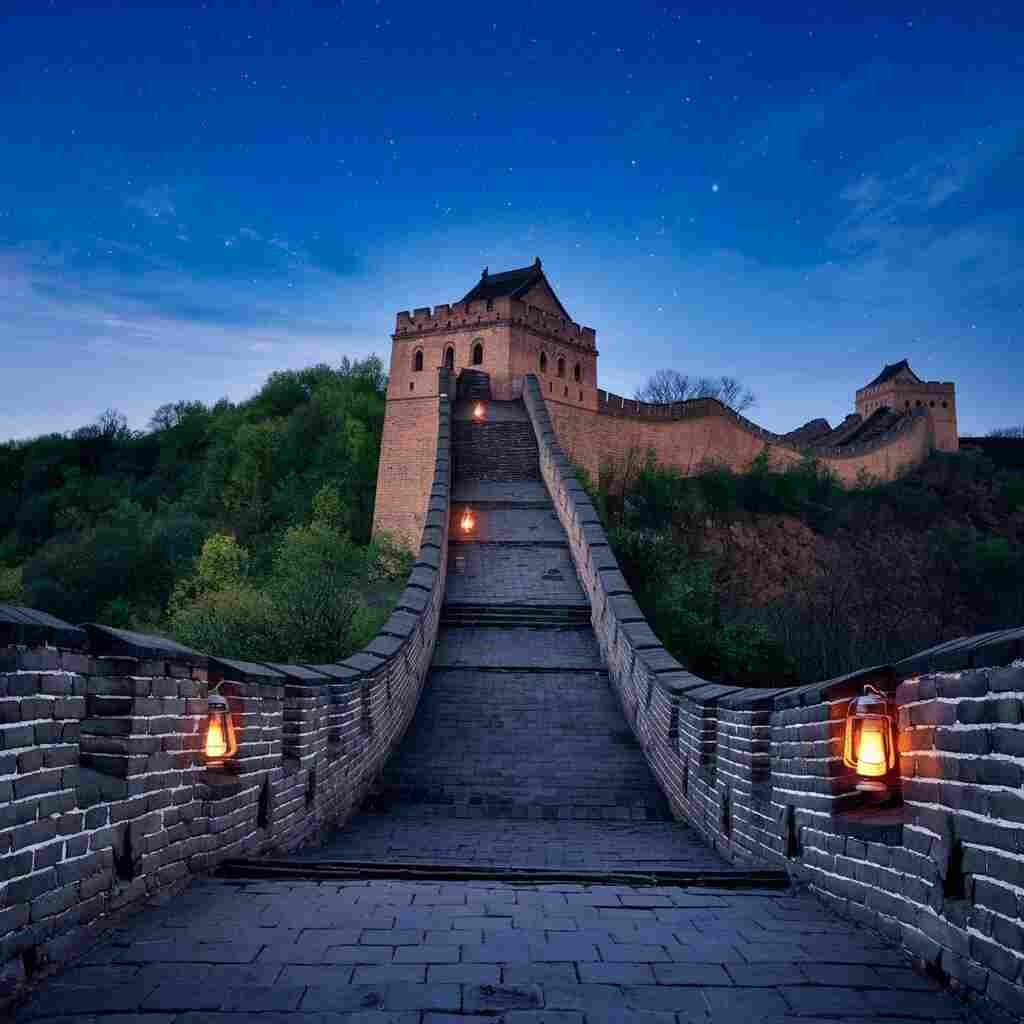
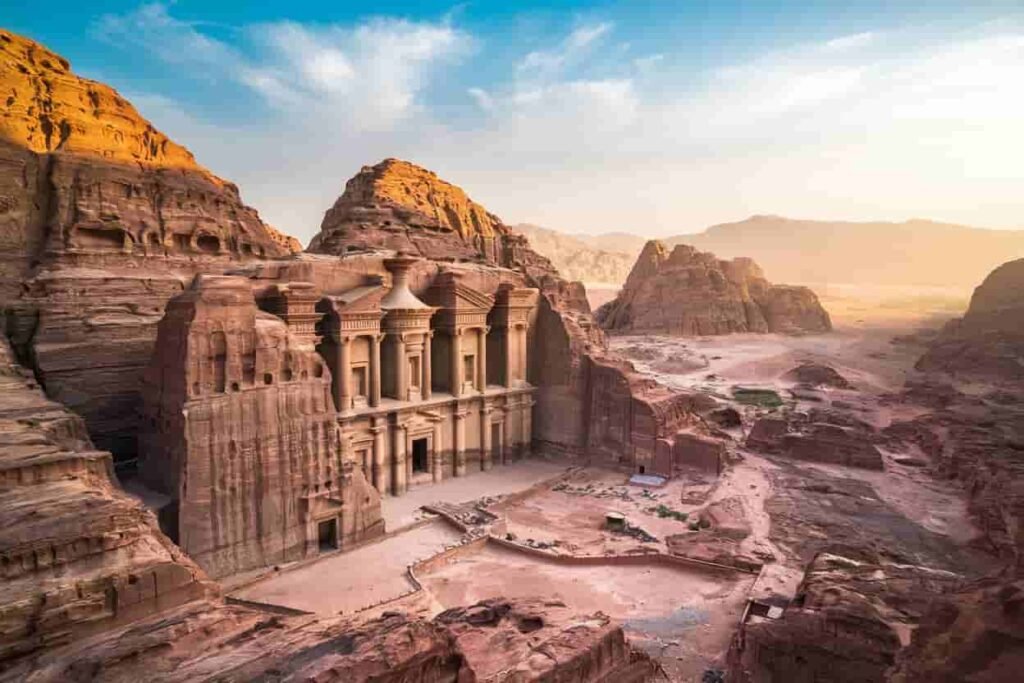


Pingback: The Great Wall of China: A Marvel of Ancient Engineering - ancientart.us
Pingback: Petra Jordan | The Rose-Red City of Wonder
Pingback: Christ the Redeemer
Pingback: Machu Picchu
Pingback: Chichen Itza
Pingback: Taj Mahal India
Pingback: Dances
Pingback: Musics
Pingback: Poetry
Pingback: Journalism
Pingback: Minimalisms | Complete Guide | What Is Minimalism?
Pingback: Digital Arts | The Complete Guide | History & Innovative Art Forms
Pingback: Egyptian Arts | Art of ancient Egypt | Ancient Egyptian Art
Pingback: Mosaics | Mosaic | Definition, History, Art, Tiles & Facts
Pingback: Fashions | News and Trends: Designers, Models, Style Guides
Pingback: Chinese Arts | History, Styles & Techniques